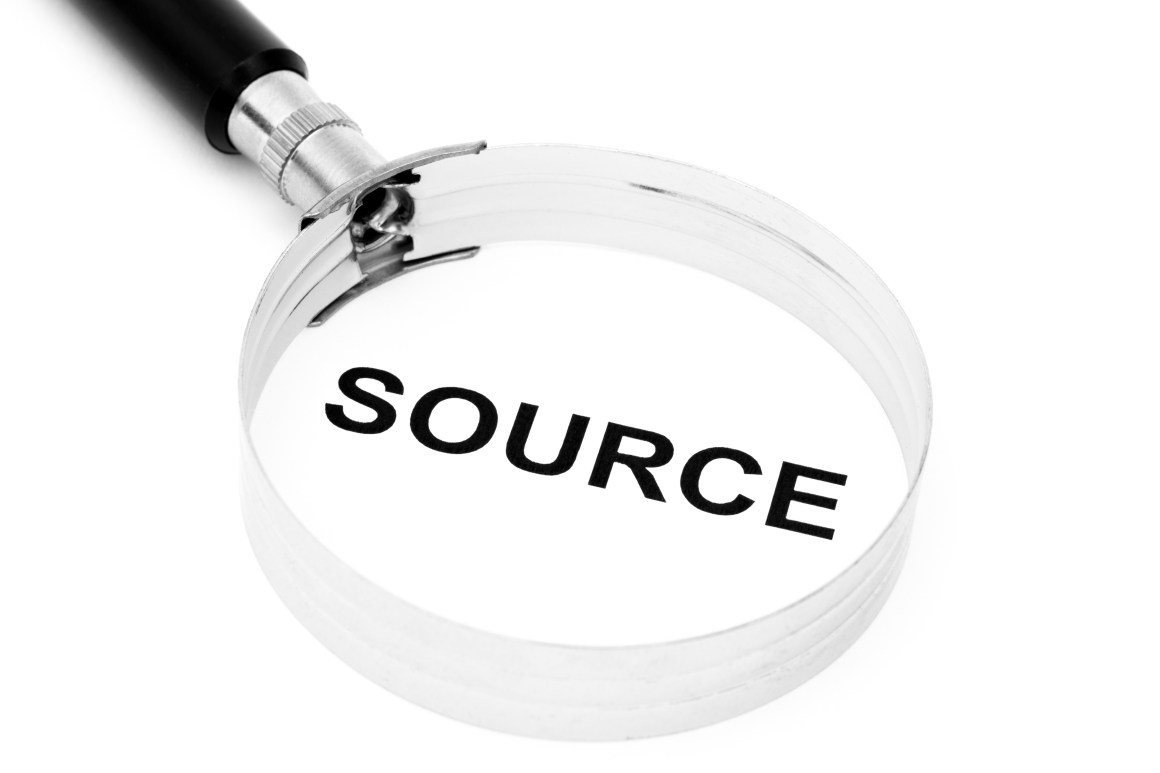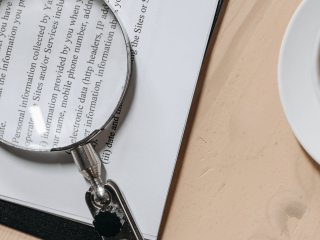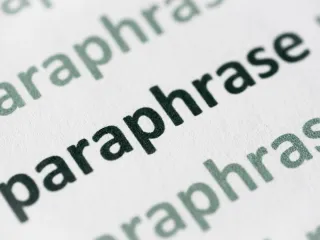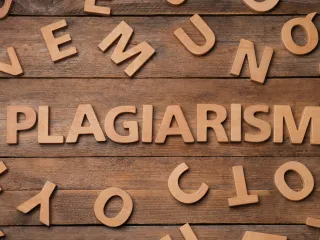Citations are an essential part of academic writing that provides the reader with information about the sources used in the research. The primary purpose of citations is to give credit to the authors whose work has been used and to allow the reader to locate the sources. Citations also help to strengthen the credibility and validity of the research.
Various citation styles are used in academic writing, such as MLA, APA, and Chicago. Each style has its own set of rules and guidelines that must be followed while citing sources. This article will focus on the Chicago citation style and provide a general guide for using it in academic writing.
The Chicago citation style is a citation guide used for various subjects, including history, social sciences, and the arts. The style guide offers two citation systems: the notes and bibliography and author-date systems. The notes and bibliography system is commonly used in literature, history, and the arts, while the author-date system is mainly used in social sciences.
The Chicago Manual of Style
The Chicago Manual of Style (CMOS) is a comprehensive guide to academic writing and publishing, first published in 1906 by the University of Chicago Press. It is now in its 17th edition and has become one of the most widely used style guides in the academic world.
The Chicago citation style is typically used in humanities and social science disciplines, including history, literature, and the arts. It provides guidelines for referencing and citing sources, ensuring accuracy and consistency in academic writing.
There are two subtypes of the Chicago citation style: the Notes and Bibliography system and the Author-Date system. The Notes and Bibliography system is typically used in the humanities and involves citing sources through footnotes or endnotes and compiling a bibliography at the end of the document. The Author-Date system is commonly used in the social sciences and involves citing sources within the text using parentheses and compiling a reference list at the end of the document.
The Chicago Manual of Style Online provides access to the guide’s latest edition, along with additional resources and tools for writers and editors. It includes guidelines for manuscript preparation, grammar and usage, citation formatting, and examples and tips for effective writing.
Notes and Bibliography
The Notes and Bibliography style is a subtype of the Chicago citation style that is typically used in the humanities, including history, literature, and the arts. This style involves using footnotes or endnotes to cite sources in the text and compiling a bibliography at the end of the document.
Footnotes or endnotes allow the writer to provide additional information or commentary on the source material, while the bibliography provides a complete list of all sources used in the research.
Endnotes are typically used in the Notes and Bibliography style, where the citation information is placed at the end of the document rather than in the text. This allows for a more seamless reading experience, as the reader can refer to the endnotes for citation information without interrupting the flow of the text.
Conversely, the bibliography provides a comprehensive list of all sources used in the research, including books, articles, and other materials. It is typically organized alphabetically by author’s last name and contains full citation information for each source.
In the next sections, we will dive deeper into the specifics of the Notes and Bibliography style, including how to format footnotes and endnotes, as well as how to compile a bibliography.
Endnotes and Footnotes
Endnotes and footnotes are used in the Notes and Bibliography style of the Chicago citation system to provide additional information or commentary on a source cited in the text. They allow the writer to provide context and expand on the information provided in the main text without interrupting the flow of the writing.
To create an endnote in the Chicago citation style, follow these steps:
- Place the cursor in the main text where the endnote is needed.
- In Microsoft Word, go to the “References” tab and click on “Insert Endnote.”
- A superscript number will be added to the text, and the cursor will automatically move to the bottom of the page.
- Type the endnote text, which should include the full citation information for the cited source.
- If there are multiple endnotes, number them consecutively.
Here is an example of a properly formatted endnote in the Chicago citation style:
A superscript number in text: The French Revolution had a profound impact on European politics.^1
Endnote at the bottom of the page:
Eric Hobsbawm, The Age of Revolution, 1789-1848 (New York: Vintage Books, 1996), 23.
As you can see, the endnote number in the text corresponds to the number in the endnote itself. The endnote text includes the full citation information for the cited source, including the author’s name, the title of the work, place of publication, publisher, and date of publication.
Bibliography
A bibliography is a comprehensive list of all sources used in a research paper, essay, or other written work. It typically appears at the end of the document. It provides readers with complete citation information for each source, allowing them to locate and verify the information used by the writer.
In the Chicago citation style, the bibliography is an essential component of the Notes and Bibliography system, as it provides a complete listing of all sources cited in the footnotes or endnotes. The bibliography should be organized alphabetically by the author’s last name, and each entry should include the full citation information for the source.
The information needed in a bibliography entry varies depending on the type of source being cited. In general, a bibliography entry should include the following:
- The author’s full name, in the order of the first name followed by the last name.
- The title of the work, in italics or quotation marks, depending on the type of source.
- The name of the publisher, including the city and state (or country) of publication.
- The date of publication.
- For journal articles, the page numbers of the article.
- For books and other works, the page numbers of the specific information being cited.
To create a bibliography entry in the Chicago citation style, follow these steps:
- Begin with the author’s last name, followed by a comma and their first name.
- Include the title of the work in either italics or quotation marks, depending on the type of source.
- Include publication information, including the place of publication, publisher, and year of publication.
- For journal articles, include the page numbers of the article.
- Format the entry with a hanging indent, meaning the first line of the entry should be flush with the left margin, and subsequent lines should be indented.
Here is an example of a properly formatted bibliography entry for a journal article:
Smith, John. “The Impact of Globalization on Economic Development.” Journal of International Economics 45, no. 3 (2010): 345-67.
In this example, the author’s last name comes first, followed by the first name. The title of the article is in quotation marks, and the title of the journal is in italics. The publication information includes the volume and issue number of the journal, as well as the page numbers of the article. The entry is formatted with a hanging indent.
Author-Date
The author-date style is another variation of the Chicago citation style. This style is commonly used in the natural and social sciences, as well as in some fields of humanities. It is designed to provide brief, parenthetical references within the text of a paper, with more detailed source information included in a reference list at the end of the document.
In the author-date style, there are two important elements to each citation: the author’s last name and the year of publication. These elements are used in the in-text citations to direct readers to the corresponding entry in the reference list.
The author-date style is beneficial because it allows for more efficient and concise referencing within the text of a paper. It also makes it easier for readers to locate specific sources in the reference list by providing them with clear and consistent information in the in-text citations.
In the following subsections, we will provide more detailed information on how to format both in-text citations and the reference list in the author-date style of Chicago citation.
Author-Date Citations
In the author-date style of Chicago citation, each citation should include the author’s last name and the year of publication in parentheses immediately following the referenced material. This brief citation directs readers to the corresponding entry in the reference list, where they can find more detailed information about the source.
To create an in-text citation in the author-date style, follow these steps:
- Locate the author’s last name and the year of publication for the source.
- Place the author’s last name and the year of publication in parentheses immediately following the referenced material.
- If the author’s name is included in the sentence, only include the year of publication in parentheses after the author’s name.
Here are some examples of in-text citations in the author-date style:
- (Smith 2010)
- (Jones and Johnson 2015)
- (Johnson et al. 2018)
- Smith (2010) argues that…
- According to Jones and Johnson (2015)…
In the reference list at the end of the document, each citation should include the following elements in the following order:
- Author’s last name, first name.
- Year of publication.
- Title of work in italics.
- Place of publication: Publisher.
Here is an example of a reference entry in the author-date style for a journal article:
Smith, John. 2010. “The Importance of Citation Styles.” Journal of Writing Studies 14(2): 47-62.
In this example, the author’s last name is Smith, the year of publication is 2010, the title of the article is “The Importance of Citation Styles,” and the name of the journal is Journal of Writing Studies. The article is from volume 14, issue 2, and is on pages 47-62. The reference also includes the place of publication and the publisher’s information.
Reference List
A reference list in Chicago Style is similar to a bibliography in that it provides a list of sources used in a research paper or other written work. However, while a bibliography includes all sources consulted during research, a reference list includes only sources cited in the text of the paper.
To create a reference list in Chicago Style, you will need to include the following information for each source cited:
- Author’s last name, first name.
- Year of publication in parentheses.
- Title of work in italics.
- Publication information, which includes the city of publication and the publisher’s name.
The reference list should be alphabetized by the author’s last name.
Here is an example of a reference list entry for a book:
Smith, John. 2010. The Importance of Citation Styles. New York: Random House.
In this example, the author’s last name is Smith, the year of publication is 2010, and the title of the book is The Importance of Citation Styles. The book was published in New York by Random House.
If the source is an article in a journal or magazine, the reference list entry should include the following elements:
- Author’s last name, first name.
- Year of publication in parentheses.
- Title of article in quotation marks.
- Title of journal or magazine in italics.
- Volume and issue numbers, if applicable.
- Page numbers of the article.
Here is an example of a reference list entry for a journal article:
Jones, Sarah, and Emily Johnson. 2015. “The History of Citation Styles.” Journal of Writing Studies 12(3): 25-38.
In this example, the authors’ last names are Jones and Johnson, the year of publication is 2015, and the title of the article is “The History of Citation Styles.” The article was published in the Journal of Writing Studies, volume 12, issue 3, and is on pages 25-38.
Conclusion
In summary, this article provided an overview of the Chicago Style citation system. We discussed both the Notes and Bibliography style, as well as the Author-Date system, and provided detailed instructions on how to create citations and reference lists using each subset. We covered what information is required in each citation, as well as how to format them correctly.
Formatting citations correctly can be a daunting task, but luckily, Quetext offers an automatic citation generator that can help.









